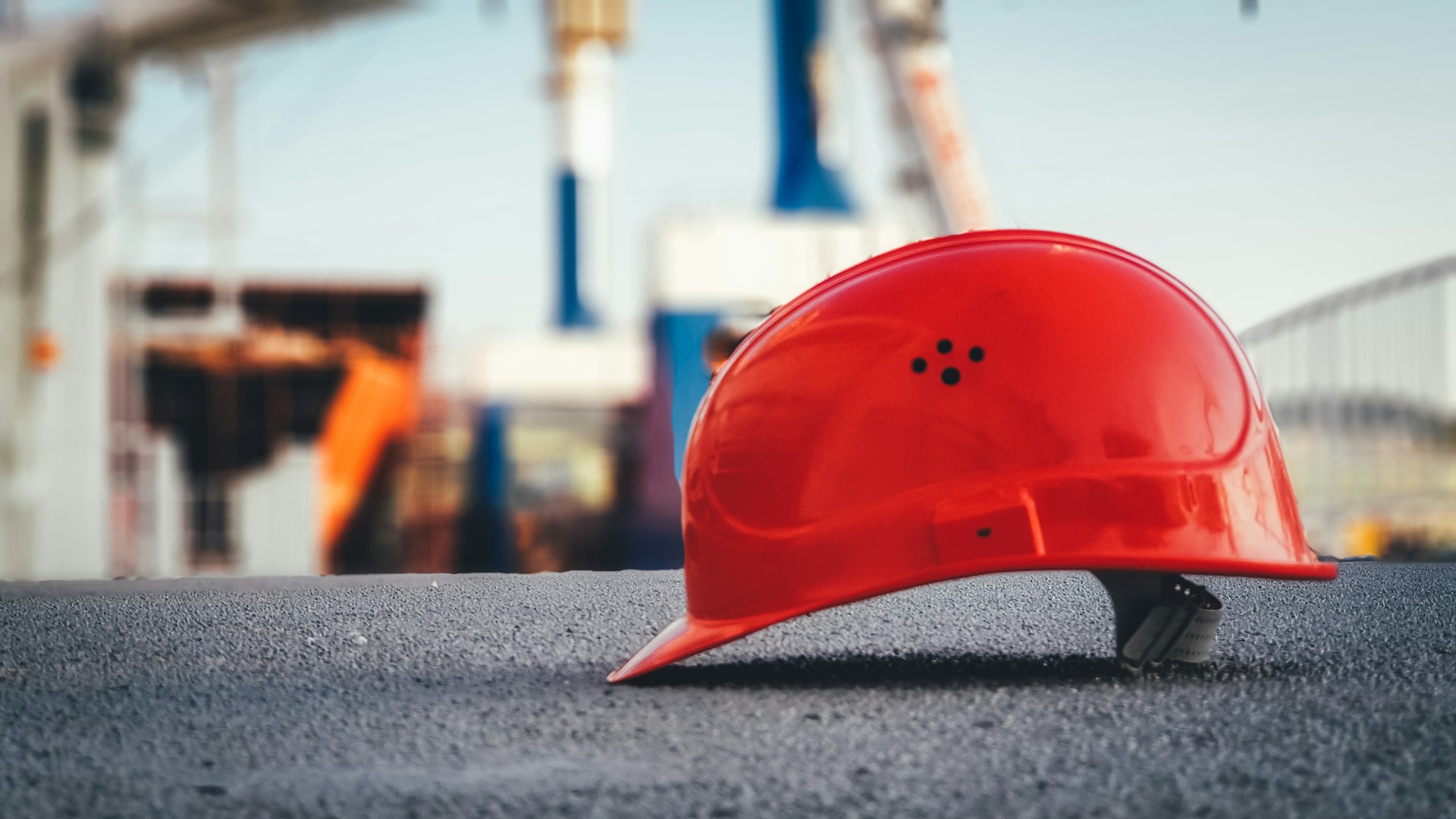In the construction industry, safety and efficiency are paramount. Adequate training is essential to ensure that employees are well-trained and able to identify hazards they may encounter on the job. This blog explores key training programmes every construction worker should undergo to maintain a safe and productive work environment.
Importance of Training for Construction Workers
Training provides construction workers with the knowledge and skills to safely perform their tasks. It decreases the likelihood of accidents and injuries, ensuring everyone on site is protected. Proper training also boosts productivity, as well-informed workers can complete tasks more efficiently. Additionally, it helps comply with legal and regulatory requirements, thereby avoiding fines and legal issues.
Recommended Training for Construction Workers
1.Asbestos Awareness Training
Asbestos is most commonly found in many older buildings. Asbestos awareness training teaches workers to identify asbestos-containing materials (ACMs) and how to stay safe around asbestos. It also teaches workers what to do if they are accidentally exposed to ACMs.
1.Manual Handling Training
Manual handling training focuses on the proper techniques for lifting and moving objects to help avoid injuries such as back pain, injuries, strains and musculoskeletal disorders. Workers learn to assess the weight of loads and use mechanical aids when necessary, promoting safer and more efficient manual handling practices.
1.Working at Height Training
Falls from height are a leading cause of injuries and deaths among construction workers. This training teaches workers how to work safely at heights and covers the use of fall protection equipment. It also includes safe practices for working on ladders and scaffolding, ensuring workers are protected when working at elevated heights.
1.Ladder Safety Training
Ladder safety training educates workers on the correct setup, use and maintenance of ladders. It helps prevent falls and accidents caused by improper ladder use. This training is particularly vital for individuals tasked with ascending elevated areas, as it ensures stability and enhances overall safety.
1.PPE Training
Personal Protective Equipment (PPE) training ensures workers know how to properly use and maintain safety gear such as helmets, gloves and eye protection. Protecting workers from various hazards on the construction site is essential and it is important to ensure they are always well-protected.
1.Noise Awareness Training
Construction work environments can be exceedingly noisy, which may lead to hearing impairment. Noise awareness training teaches workers about the risks of loud environments and how to protect their hearing. It includes the use of ear protection and the implementation of noise control measures, helping to preserve workers’ hearing health.
1.Fire Awareness Training
Fire awareness training prepares workers to respond to fire emergencies. It covers fire extinguishers, evacuation procedures and fire prevention strategies. This training is critical for minimising the risk of fire-related incidents and ensuring swift, effective emergency response.
1.CDM Training
The Construction (Design and Management) Regulations (CDM) training helps workers understand the legal requirements for managing health, safety and welfare on construction projects. It focuses on the responsibilities of various stakeholders in a project, ensuring comprehensive safety management.
1.Confined Space Training
Working in confined spaces poses unique risks such as suffocation, poisoning and entrapment. Confined space training teaches workers how to enter, work in and exit these spaces safely. It includes using breathing apparatus and other safety equipment, which is crucial for preventing serious accidents.
10.COSHH Training
Control of Substances Hazardous to Health (COSHH) training provides instruction on handling, storing and disposing of hazardous materials. Workers learn to identify harmful substances and the precautions to avoid exposure, ensuring a safer working environment.
1.Mental Health Training
Construction work can be stressful. Mental health courses provide workers with strategies to manage stress and recognise signs of mental health issues. These courses help promote a supportive work environment where workers can seek help, fostering overall well-being.
12.Environmental Awareness Training
Environmental awareness training educates workers on the environmental impacts of construction activities. It promotes sustainable waste reduction, recycling and proper materials disposal, contributing to more eco-friendly construction projects.
13.First Aid at Work Training
First aid training equips workers to provide immediate care in case of injuries. It includes CPR, wound treatment and fracture management. This training is crucial for minimising the severity of injuries and saving lives on construction sites. According to Red Cross Windsor, having construction workers enrolled in first aid training could help minimize the risk of possible accidents.According to Red Cross Windsor, having construction workers enrolled in first aid training could help minimize the risk of possible accidents.
14.LOLER Training
Lifting Operations and Lifting Equipment Regulations (LOLER) training focuses on safely using lifting equipment. Workers learn about load limits, inspection requirements and safe operation practices to prevent accidents during lifting tasks and ensure safe material handling.
15.PUWER Training
Provision and Use of Work Equipment Regulations (PUWER) training ensures that workers are competent in using work equipment safely. It covers selecting, maintaining and using tools and machinery to prevent accidents and equipment damage, promoting efficient and safe tool use.
16.Electrical Safety Training
Electrical safety training teaches workers to work safely with or near electrical systems. It includes identifying electrical hazards, safely using electrical tools and emergency procedures in case of electrical incidents and ensuring electrical safety on site.
Strategies for Organisations to Make Training Effective
- Regular Updates: Ensure training programmes are updated according to the latest safety regulations and industry best practices.
- Practical Sessions: Include hands-on training to help workers apply what they learn in real-life scenarios.
- Qualified Instructors: Ensure trainers are experienced and knowledgeable in their respective fields.
- Assessments: Carry out regular evaluations to assess the efficacy of the training and pinpoint opportunities for enhancement.
- Feedback Mechanism: Allow workers to provide feedback on the training programmes to ensure continuous improvement.
- Documentation: Maintain records of all training sessions and certifications to ensure compliance with regulatory requirements.
- Accessible Training: Make training accessible to all workers, providing materials in multiple languages if necessary.
Conclusion
Training is the cornerstone of a safe and productive construction site. By investing in comprehensive training programmes, organisations can protect their workers, enhance efficiency and comply with legal requirements. Properly trained construction workers are safer, more confident and capable, leading to better project outcomes.












